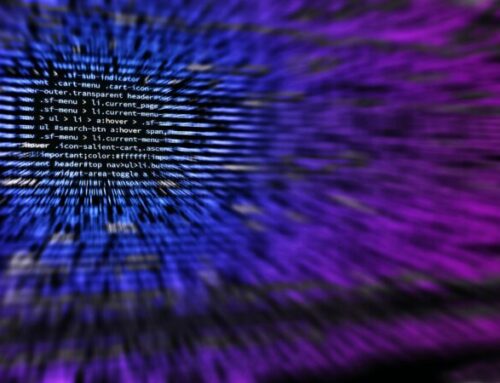When you think of the tech industry, you may think about ever-increasing efficiency, faster speeds and shrinking chip sizes, but there is a dark side to the advances. Also known as Moore’s law, the exponential doubling of the power of computer chips has led to an increase in electronic waste.
However, physical waste is only one of the impacts that technology has on the environment. Data centers use massive amounts of electricity, the energy used by office equipment increases the need for air conditioning, and the energy needed to manufacture to produce computers represents more than half the energy used in their entire lifecycle. And this is just the tip of the (melting) iceberg.
The Impact of the Internet
The internet is something most of us use every day. We’ve come to rely on it to work, study, cook dinner or even drive across town.
However, the internet is powered by data centers, and many of them are large and inefficient. Poor server design or configuration can lead to processing inefficiencies, increased heat production and reduced cooling capabilities. When you multiply that by the thousands of machines operating in a data center, that can become a real problem. Adding to that, heating and cooling the data center takes electricity and when those systems are inefficient, they use more even more power.
- In the U.S., the electricity used for servers and data centers creates 103 billion lbs of CO2 every year
- In 2013, U.S. data centers consumed 91 billion kWh of electricity and cost $13 billion
- U.S. data centers represented 2.4% of total electricity consumption in 2013
What You Can Do
When considering the environmental impact of your business or data center, there are choices you can make that will save energy — and save you money.
The green data center is no longer a revolutionary concept, and the adoption of energy efficiency driving practices throughout the data center can have a big impact. Energy efficiency can be improved by using combined heat and power systems. In those systems, heat recovered from electricity generation can be used by an on-site chiller to cool the data center. Or, replacing or upgrading to Energy Star certified equipment can also save on electricity needs. Certified servers are 30% more energy efficient than non-certified servers, saving up to 1000 kWh every year.
Throughout your business, energy used by office equipment can be reduced by 23% by taking advantage of low-power mode. Turning off desktop computers and printers overnight can also reduce energy consumption by 9%. You can also consider consolidating multiple devices into all-in-one equipment.
Reduce, Reuse, Recycle
In addition to making sure you’re buying energy-efficient equipment, trying to extend the life of computers and other office equipment can delay the manufacturing energy needed to make new equipment.
You can also buy used and refurbished equipment, rather than buying new, which can cost less and extends its useful life.
And when your equipment has reached its end of life, be sure to recycle your unused electronics. Look for certified electronics recyclers to ensure used electronics and equipment is disposed of properly.
Small Steps Add Up to Big Impacts
Even if you aren’t able to make major changes today, making small changes over time can add up to a big impact. Choosing to replace servers with energy efficient equipment can reduce your energy consumption and costs. And by delaying the purchase of new equipment and or choosing used or refurbished equipment, you can get the most useful life possible out of it to offset the energy it used when it was manufactured.



